Why is that small car so low to the ground and sporting a ginormous wing? What a hatchiroku? What makes drifting so cool and where do hybrid come from?
Your Guide to the Japanese Car Culture!
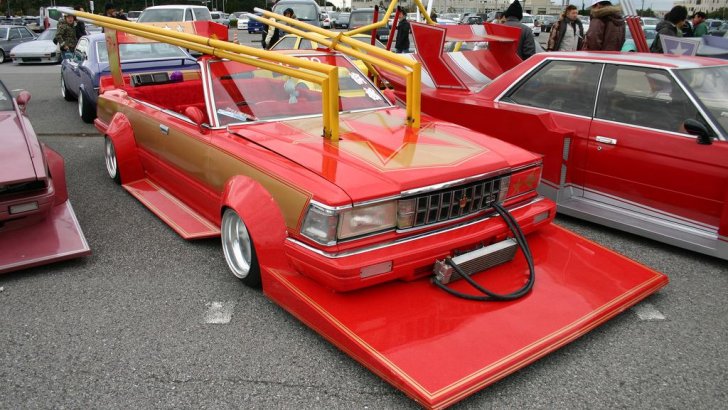
Those are the sort of questions most car fans know the answer to. It probably seems insulting to you guys that I should even dare to put question marks at the end of these sentences. But we’d like to put a new spin on this classic story, the autoevolution spin, of course. We’re going to try our best to show you stuff you’ve never seen before, stuff that’s as weird and wonderful as the sumo, eating raw octopus and… other stuff that won’t be mentioned for fear of censorship.
Nowadays, most cars made in Japan for Japan are hybrids, EVs and small kei cars. But it wasn’t always so. Up until de mid-2000s, this island nation made more sleek, tuned coupes than anywhere else in the world. If you were a JDM fan, you were pretty much guaranteed having a nerd seizure of pure job every other day.
Nowadays, Nihon car culture isn’t as strong as it used to be. Sportscars are too expensive to buy for most young enthusiasts, who no longer want to drift the AE86 round the Touge like Keiichi Tsuchiya anyway. Instead, they prefer cellphones and video games to real car control and silicone dolls to the real flesh and blood girlfriend. Go figure!
Even the recent Tokyo Auto Salon is telling of this trend. We’ve noted tuned Mazda6s, Honda CR-Zs and other hybrids, nothing like the old bastion of cult cars. This is the new Japanese car culture: green cars, small means of transportation and integration with technology, all things automakers are hoping will save and industry that’s slowly killing itself.
The nation still has one huge car culture that extends well past its natural boundaries into the rest of the world, especially into the US. Most of Japan’s automakers developed from other industries. Honda made bicycles, then small motorcycles and later cars. Subaru has its roots in Nakajima Aircraft Company, who made warbirds during the second world war. Though coarchbuiders existed in the nineteen tens, serious car production only became an established industry in the 60s. For example, the first production year for the Toyota Corolla was 1966.
Kei Cars
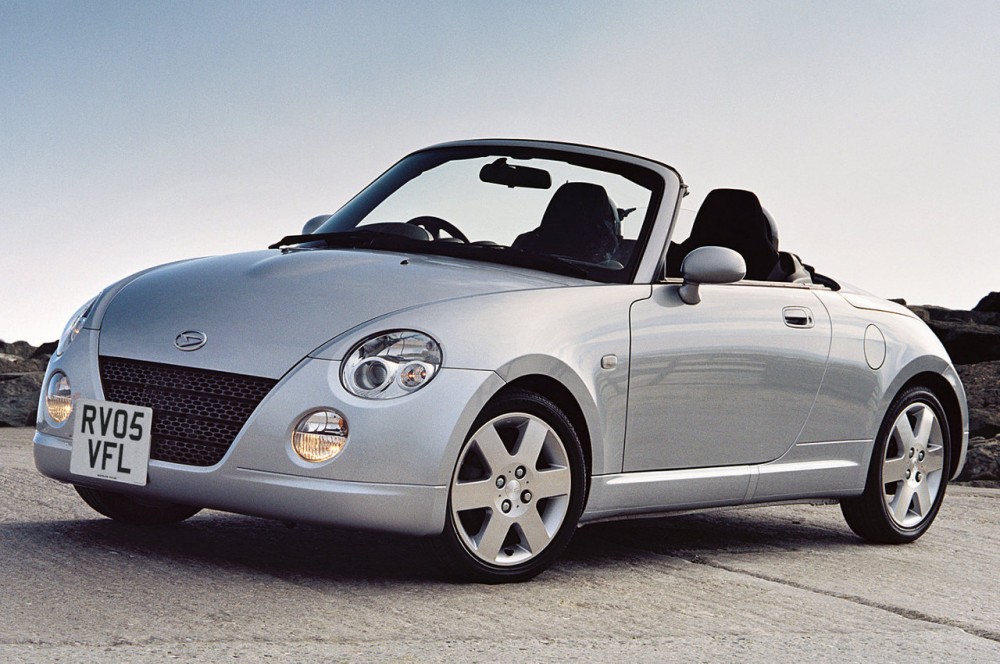
You probably already about kei cars, which are also called K-car or keijidosha in Japan. They are a subcategory of vehicles sold in this and a few other markets that are restricted in terms of size and engine capacity in order to limit the impact they have on an already crowded road network.
Current regulations dictate that a kei car needs to be smaller than 3.4 meters (11.2 ft) and no wider than 1.48 m (4.9 ft). The maximum high has also been set at 2 meters (6.6 ft). The maximum engine displacement has been set at 660 cc and there’s even a restriction on horsepower output set at 63 hp in order to keep the use of turbocharging from increasing emission too much.
Toyota’s Daihatsu, Honda, Mitsubishi and Suzuki are the biggest manufacturers in this segment. Other companies sell rebadged or rebodied version of models made by them. Even smart has tried to market a narrower version of its fortwo in Japan, which they called the smart K.
Bosozoku
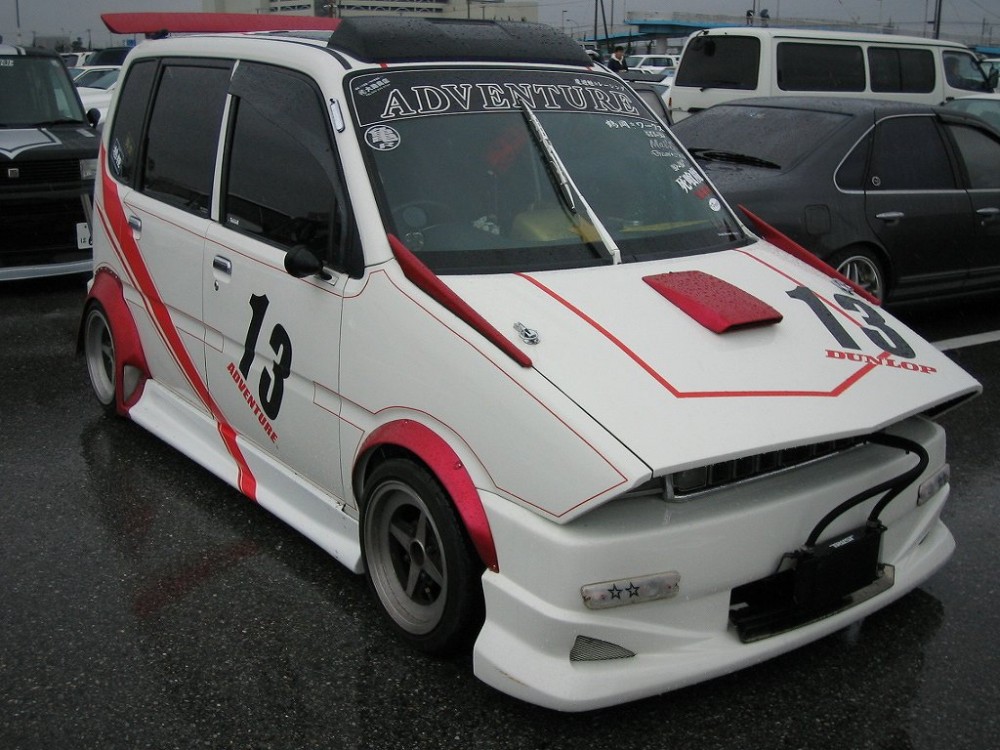
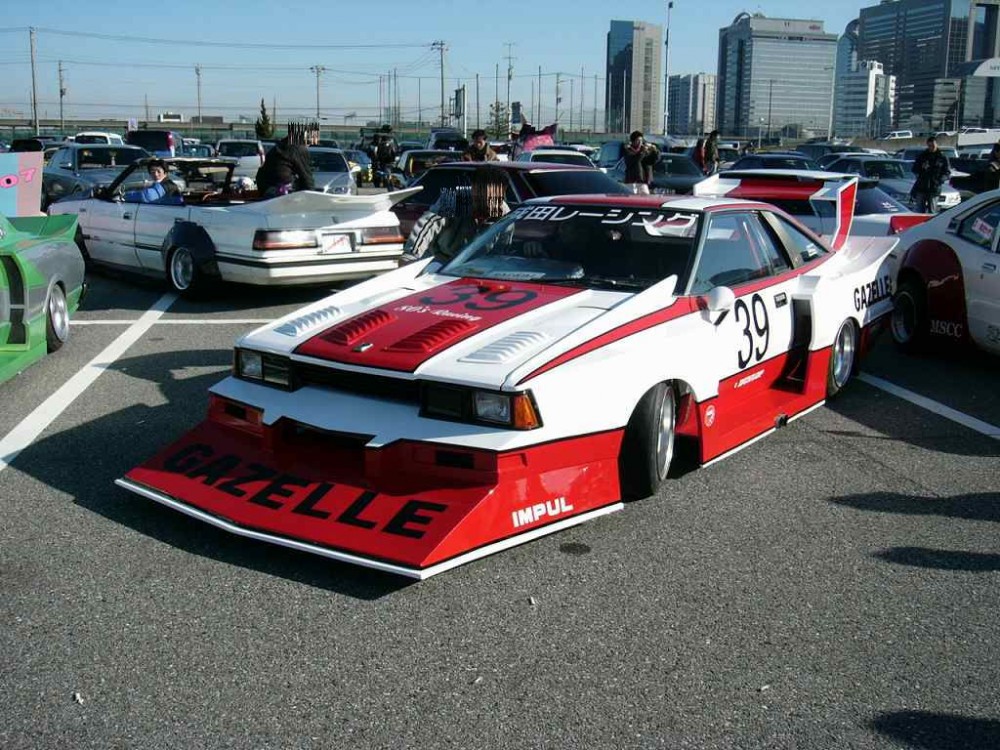
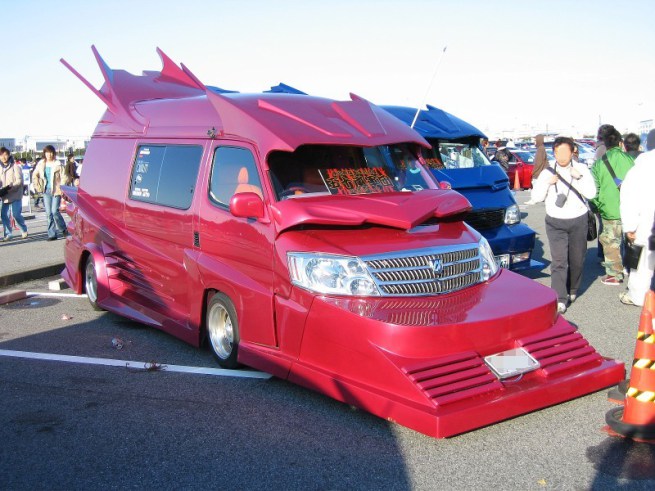
Thought we didn’t have anything fresh to tell you? Think again. This has to be one of the strangest types of car customization anywhere in the world. The bosozoku style is closely connected to Japanese gang culture and to a custom bike scene under the same name.
The idea being making a bosozoku car is to add gigantic aerodynamic kits, very obvious exhaust pipes sticking out the back, fins on the roof and bright paintjobs. Sometimes, these cars imitate comic heroes, others have a cheesy leopard theme for the seats, always things you’d consider over-the-top.
The body kits are modeled on Group 5 "Special Production Cars" from the 70s, with huge splitters at the front and boxy, wide wheel arches. Exhaust pipes are extended from the back straight up into the air, like on the chopper bikes these gangs use.
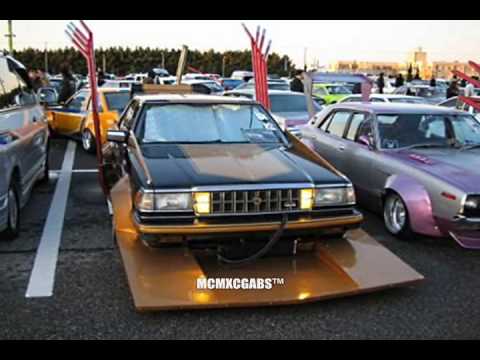
Absurdly Wonderful Fake Luxury
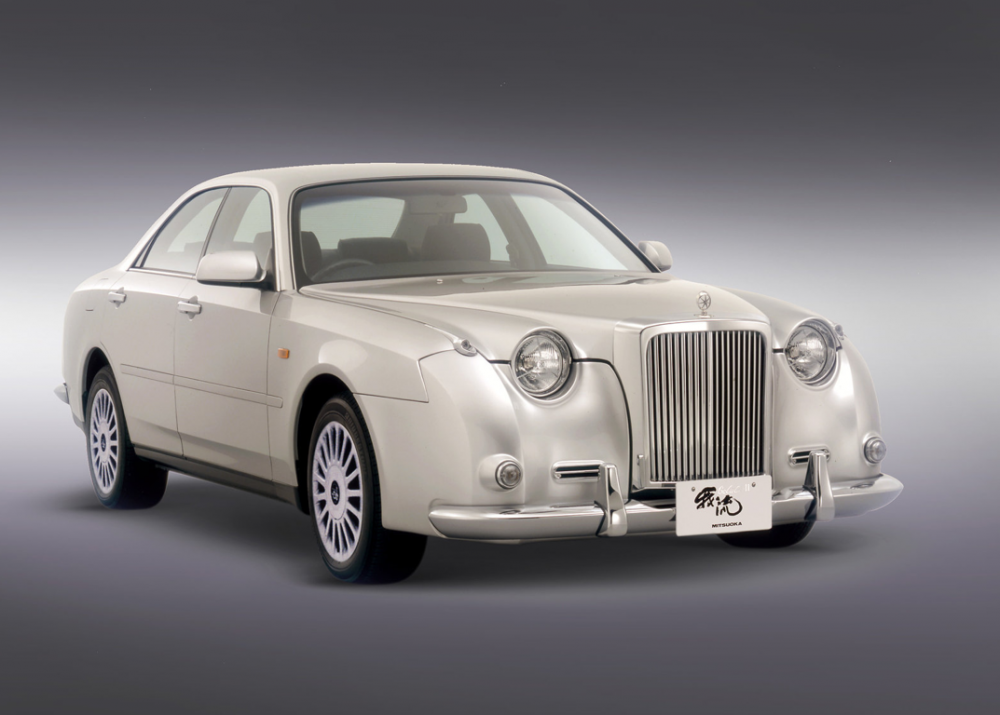
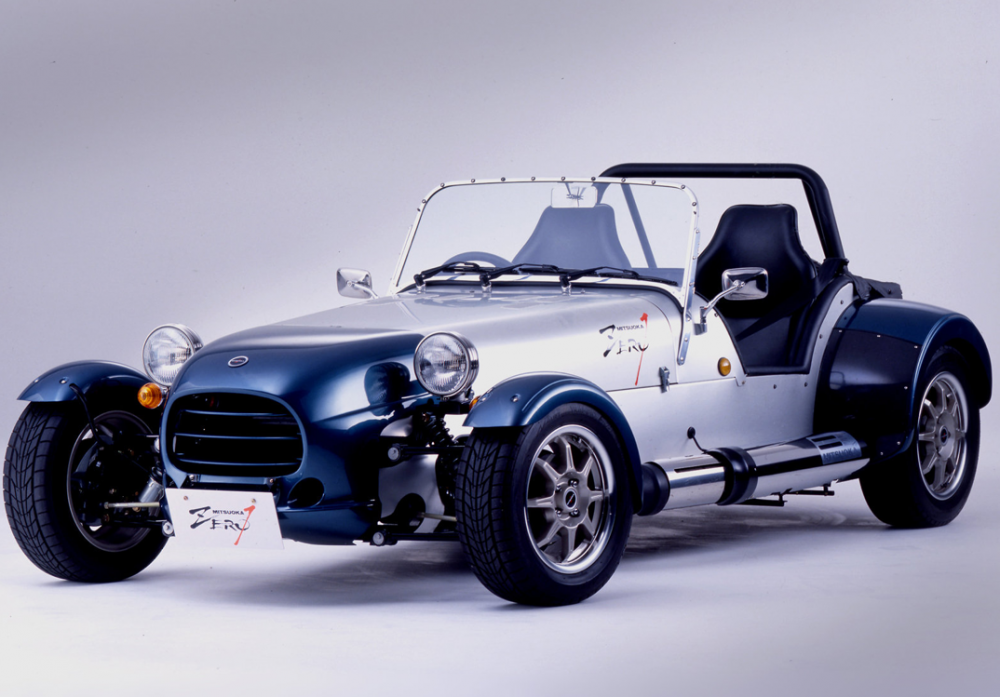
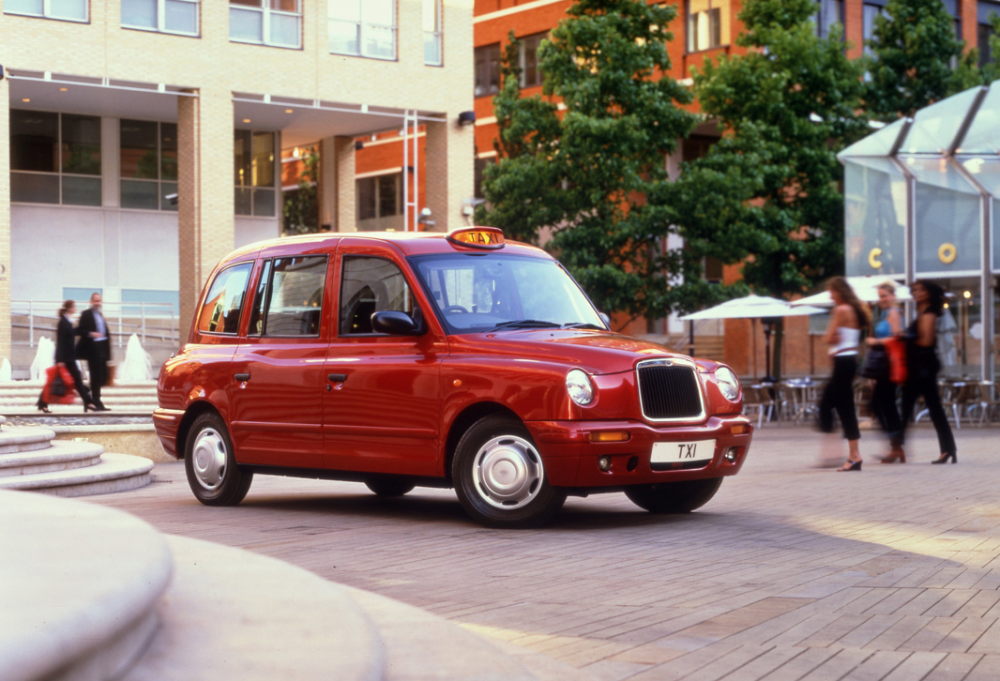
This is a Mitsuoka. No, not a Mitsubishi. China is the most famous copier of all things Western, but the Japanese did it way before them and are still at it. Since Rolls Royce or Bentley don’t own the rights to rounded headlights and large grilles,
they can get away just fine.
When we visited the Tokyo Motor Show last time, we were rather taken with the Mitsuoka fake luxury automobiles, which look like fake Jaguars and Rolls Royces from the 60s. We have no idea how safe they would be in case of a crash, but frankly we don’t really care because the novelty never wears off.
It’s something that western automakers could really learn from, or are car buyers in the Western world too mature to enjoy something that looks like a dictator’s car but only costs $30,000?
And, if you don’t want a fake Rolls Royce, Mitsuoka has also made a fake supercar, a fake London cab called the Yuga and a fake Excalibur-type retro convertible that you might be into. They’ve even developed their own Caterham copy called the Zero 1. It’s powered by 1.6-liter engine with 120 hp and weighs just 708 kg thanks to is light ladder frame.
The Mitsuoka car company (Mitsuoka JidMsha) has been in business since 1979 as a manufacturer and has about 500 workers making 1000 cars a year, mainly based on Nissan Micra architectures and engines.








